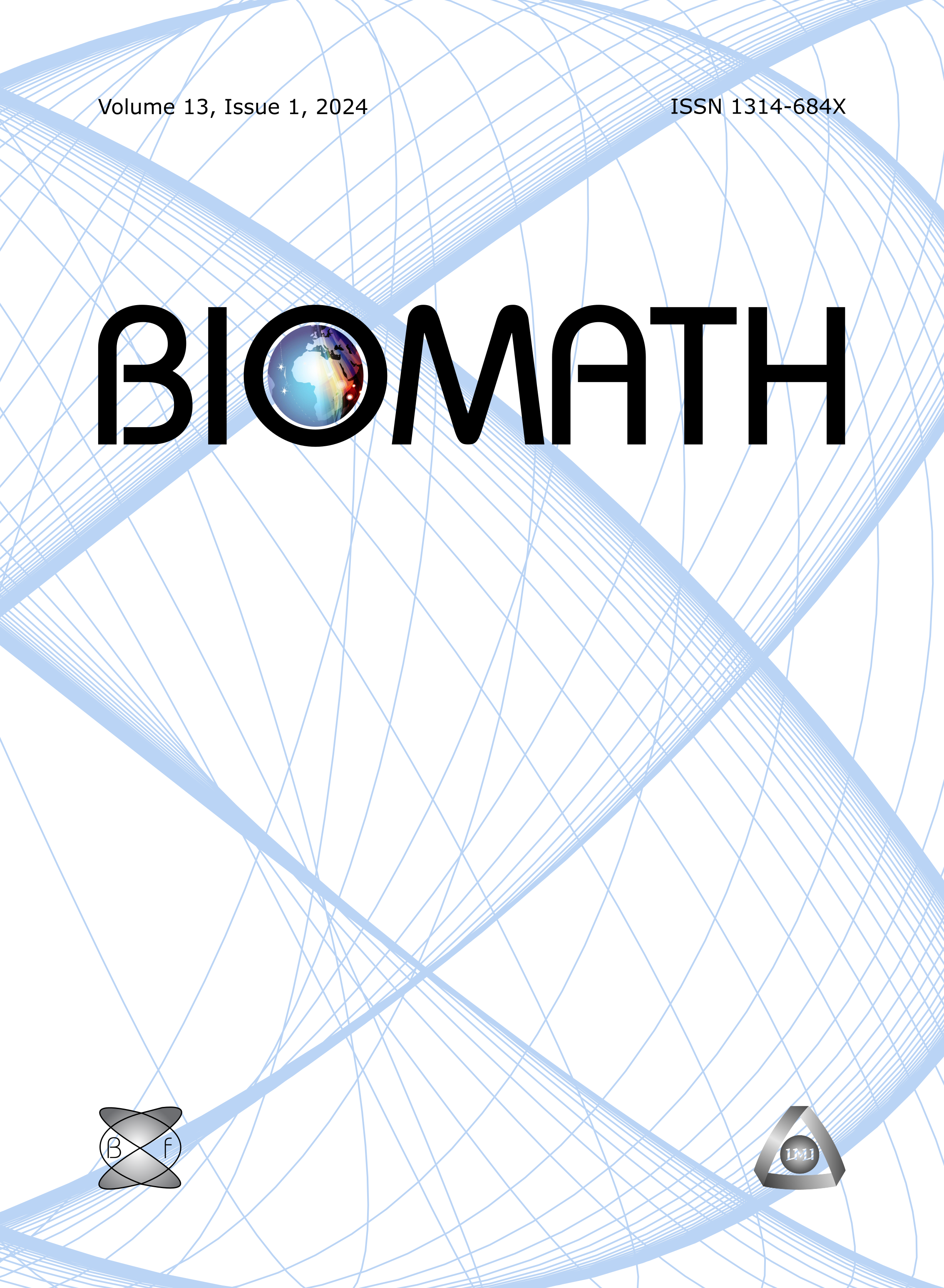Reaction networks reveal new links between Gompertz and Verhulst growth functions
DOI:
https://doi.org/10.11145/j.biomath.2019.04.167Abstract
New reaction network realizations of the Gompertz and logisticВ growth models are proposed. The proposed reaction networks involve an additional species interpreted as environmental resource. SomeВ natural generalizations and modifications of the Gompertz and the logistic models,В induced by the proposed networks, are formulated and discussed.В In particular, it is shown that the induced dynamical systems can be reduced toВ one dimensional differential equations for the growth (resp. decay) species.В The reaction network formulation of the proposed models suggest hints forВ the intrinsic mechanism of the modeled growth process and can be used forВ analyzing evolutionary measured data when testing various appropriate models,В especially when studying growth processes in life sciences.
Downloads
Published
Issue
Section
License
The journal Biomath is an open access journal. All published articles are immeditely available online and the respective DOI link activated. All articles can be access for free and no reader registration of any sort is required. No fees are charged to authors for article submission or processing. Online publications are funded through volunteer work, donations and grants.
Authors who publish with this journal agree to the following terms:
- Authors retain copyright and grant the journal right of first publication with the work simultaneously licensed under a Creative Commons Attribution License 4.0 that allows others to share the work with an acknowledgement of the work's authorship and initial publication in this journal.
- Authors are able to enter into separate, additional contractual arrangements for the non-exclusive distribution of the journal's published version of the work (e.g., post it to an institutional repository or publish it in a book), with an acknowledgement of its initial publication in this journal.
- Authors are permitted and encouraged to post their work online (e.g., in institutional repositories or on their website) prior to and during the submission process, as it can lead to productive exchanges, as well as earlier and greater citation of published work (See The Effect of Open Access).

